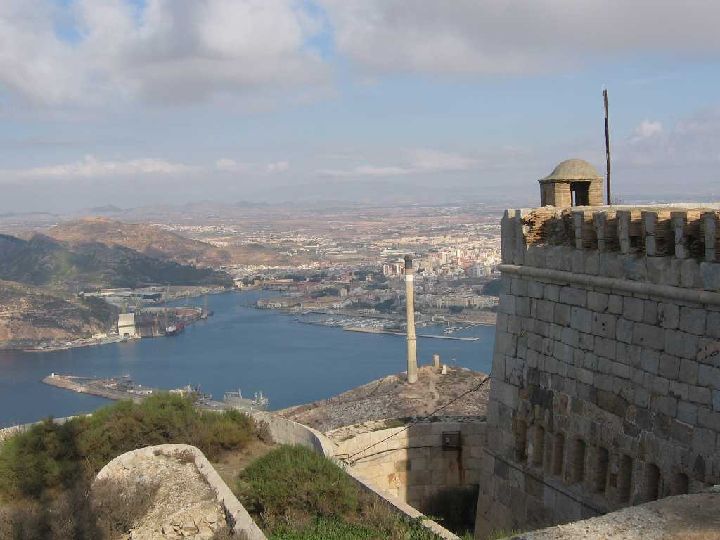
In Cartagena fusion cuisine is age-old: Romans, Phoenicians and Arabs have left their mark on family recipes, based on a variety of ingredients that few regions can boast of having as it is considered to be one of the best vegetable gardens, bursting with an array of autochthonous varieties. This, together with a rich cuisine and culture, makes the gastronomy of Cartagena one of the most surprising. The best way to conquer the cuisine of Cartagena is, like in battles of old, through the port. Its fish market is supplied by two seas: the Mediterranean and the Mar Menor: grouper, gilthead bream, dentex, mullet, anchovies, crayfish, clams, prawns, whitebait..., the hard thing is choosing.
The oldest recipes in the area, Salazones (salted fish), also come from the sea. Fish was preserved this way back in the Bronze Age. Phoenicians and Romans extended this use to several types of fish: tuna, mullet, skipjack tuna, sardines, anchovies, ling or meagre, which come with fresh peas or tomatoes in the bars of Cartagena. The sea and the vegetable garden, the hallmarks of Cartagena.
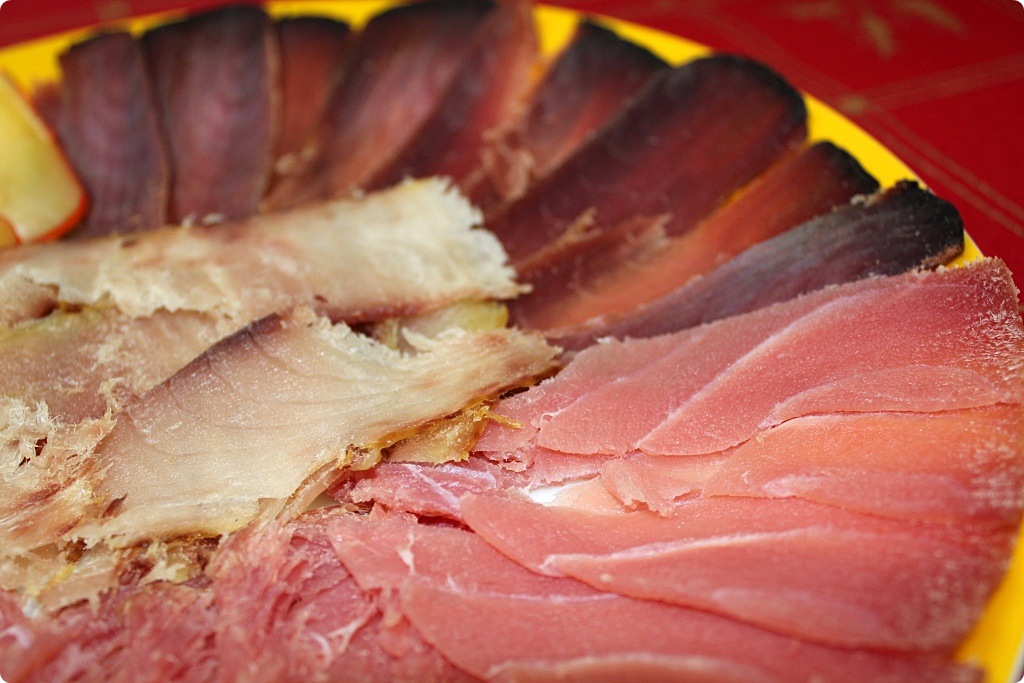 To make the most of the flavours of the Mediterranean and the Mar Menor, a 'Caldero' is the best option. This is the name of the traditional rice dish that fishermen prepared over a fire on the beach. Rockfish or whitebait for flavour, with gilthead bream or mullet and, as they say, love and affection to prepare the broth by frying the ingredients in parts and stirring the rice until it's cooked to perfection. The fish is served in one dish and the rice in another, both accompanied by alioli. Purists require the dish to be presented on the table in a zinc or clay pot and served in a clay cup or bowl.
To make the most of the flavours of the Mediterranean and the Mar Menor, a 'Caldero' is the best option. This is the name of the traditional rice dish that fishermen prepared over a fire on the beach. Rockfish or whitebait for flavour, with gilthead bream or mullet and, as they say, love and affection to prepare the broth by frying the ingredients in parts and stirring the rice until it's cooked to perfection. The fish is served in one dish and the rice in another, both accompanied by alioli. Purists require the dish to be presented on the table in a zinc or clay pot and served in a clay cup or bowl.
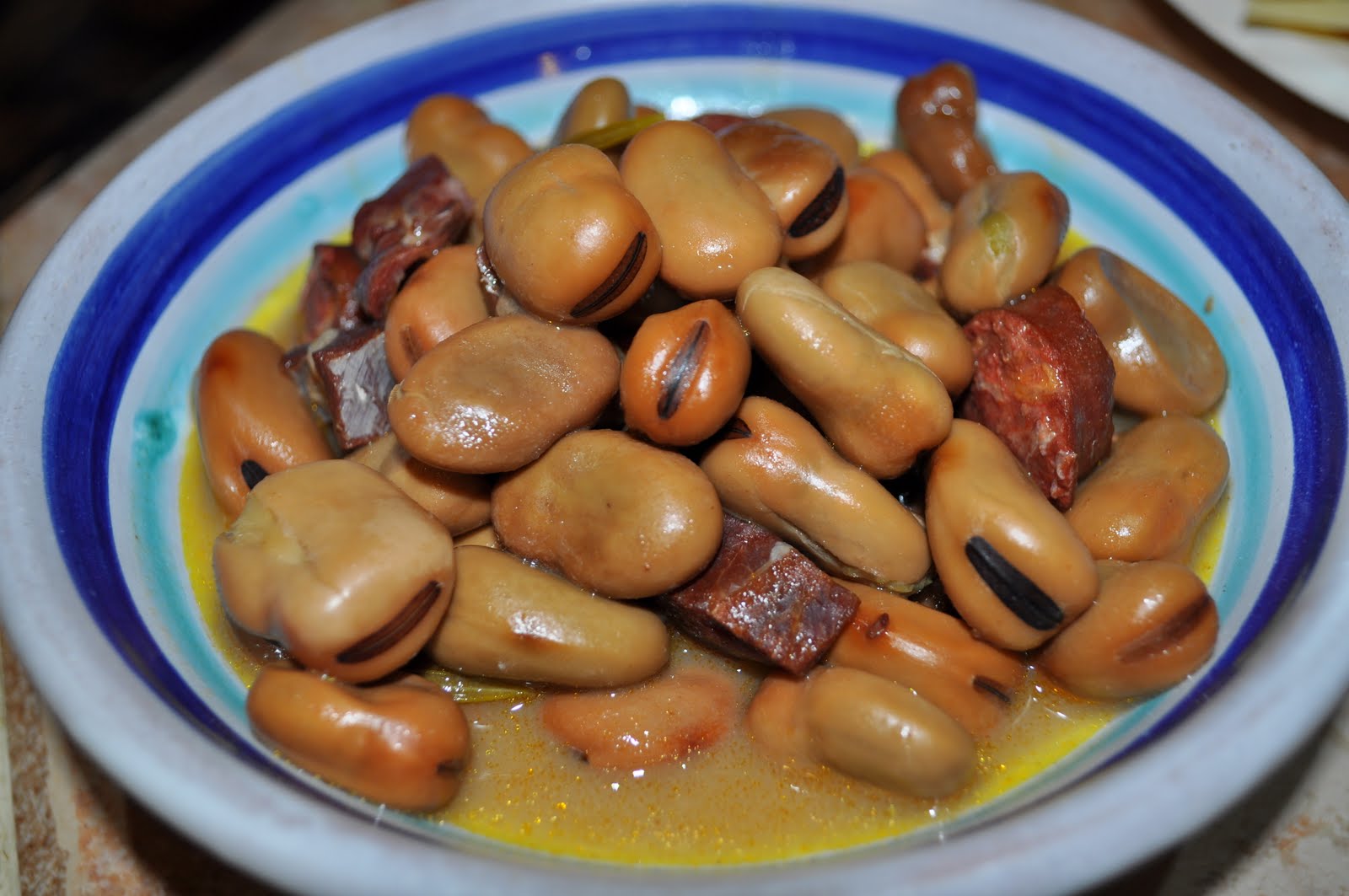 Another classic is Michirones. White beans eaten with cocktail sticks as a tapa or on the table during household celebrations. Michirones are another hallmark of gastronomy in Cartagena. They are stewed with chorizo, ham, pork fat, potatoes and chilli peppers. It's a good idea to have a chilled bottle of local wine nearby: the people here like their Michirones spicy. You can also find the cultural influence of the port in this typical dish. The food had to be able to withstand long journeys, hence the habit of cooking dry beans instead of fresh like in other areas of Murcia.
Another classic is Michirones. White beans eaten with cocktail sticks as a tapa or on the table during household celebrations. Michirones are another hallmark of gastronomy in Cartagena. They are stewed with chorizo, ham, pork fat, potatoes and chilli peppers. It's a good idea to have a chilled bottle of local wine nearby: the people here like their Michirones spicy. You can also find the cultural influence of the port in this typical dish. The food had to be able to withstand long journeys, hence the habit of cooking dry beans instead of fresh like in other areas of Murcia.
Los Exploradores are another characteristic food from Cartagena. The name of this dish indicates that its recipe was a result of an experiment, with a successful contrast between sweet and savoury, making it an exquisite dish that is hard to forget. Los Exploradores (the explorers), as they call it, are a kind of pasty filled with morcón sausage and egg or mince and coated in icing sugar.

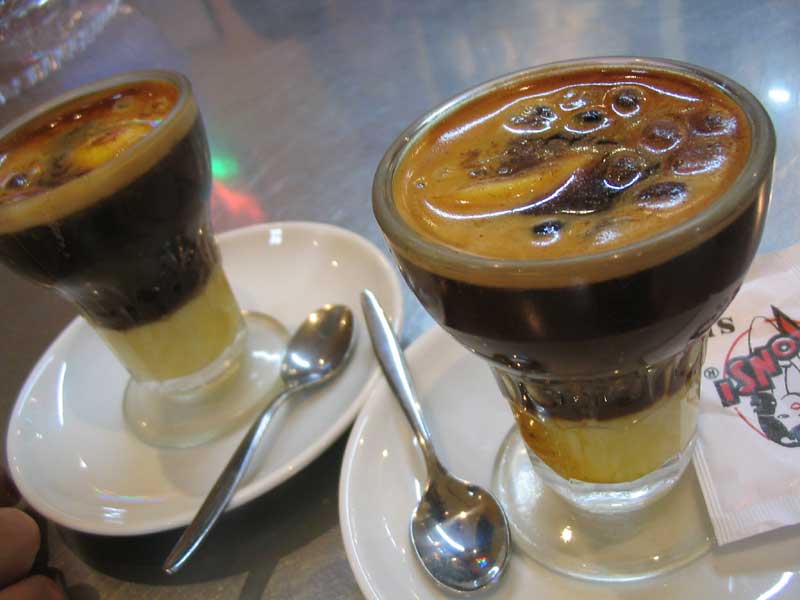
Needless to say, you can't get up from the table without ordering un asiático (an Asian), a coffee made with condensed milk, brandy and Licor 43 (fruit and spice liqueur). It was first served in the early 20th century at the request of sailors from - you guessed it- Asia. There is even a competition for this Asian concoction: 'La ruta del asiático' (The asiático route). For two weeks all the bars in the city strive to make the best combination of the three liqueurs.
Cartagena is the perfect place to eat its traditional dishes 'a tajo parejo', as the locals say to describe eating heartily and in an orderly fashion...
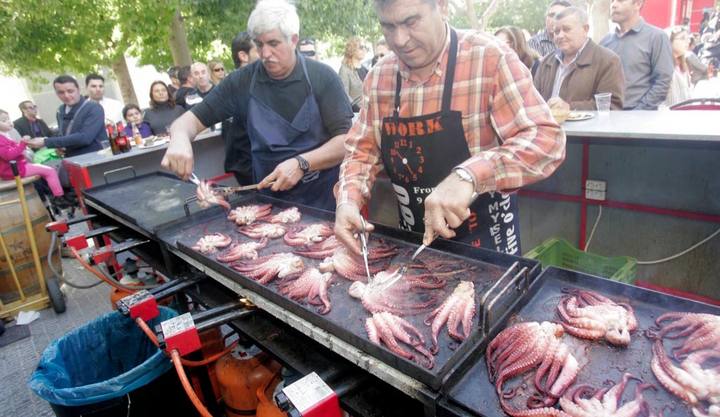

All eyes are on two dishes: Cartagena-style octopus and San Antón rolls. The first is a dish of small rock octopus that are cooked on the large grills the bars bring out onto the street. The second is a dessert that requires you to stay on your toes: according to tradition "quien roba un rollo a san Antón, novios tendrá un montón" (she/he who steals a roll from San Antón will have boy/girlfriends a plenty). The rolls are offerings to the saint. At the San Antón festival, the saint kindly looks the other way.
Anything for love.